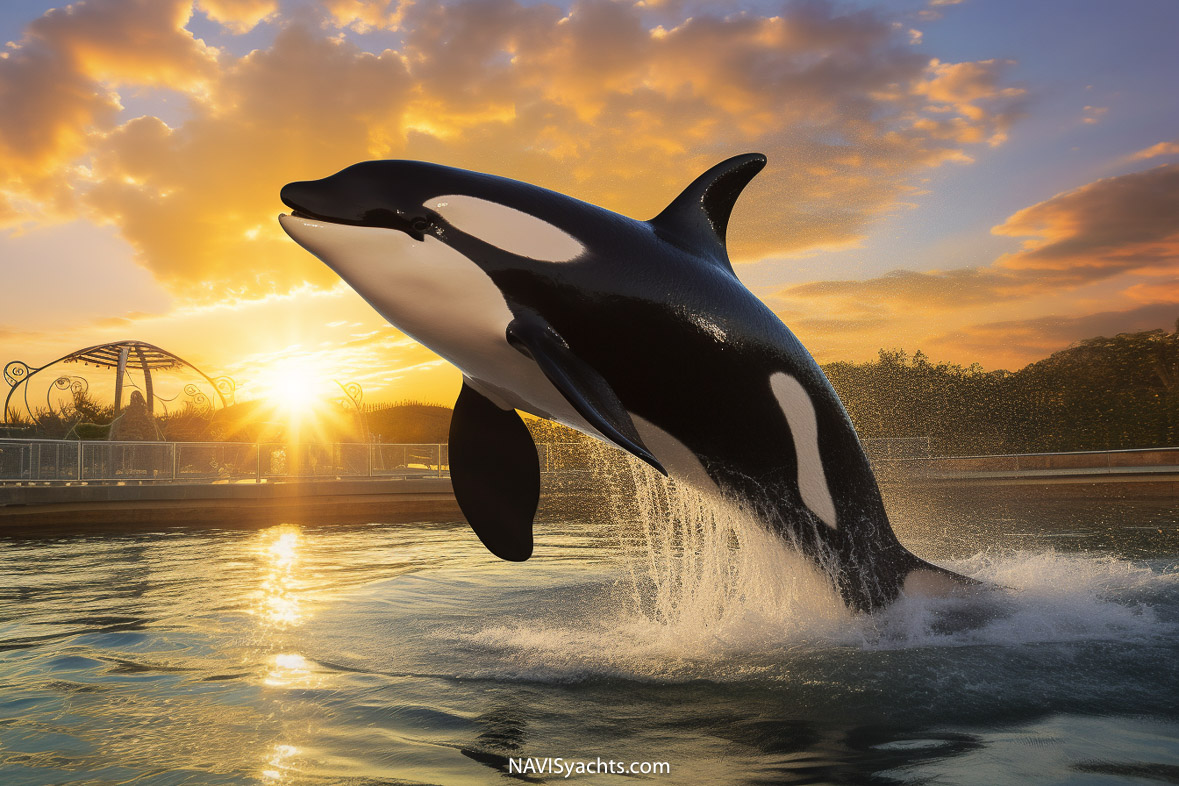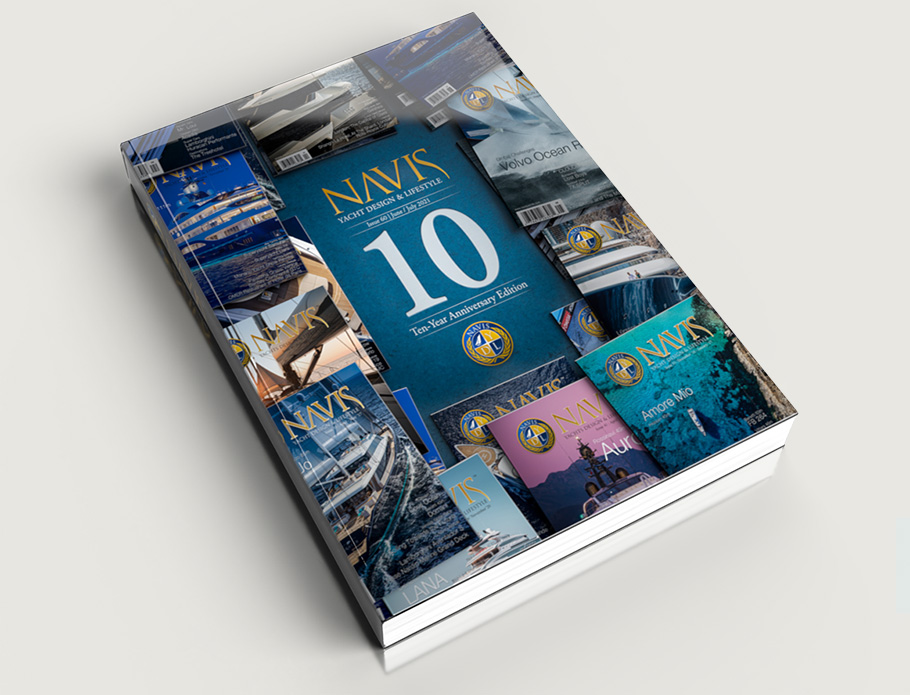Miami's marine community was left in shock with the recent passing of Lolita, the Miami Seaquarium's beloved orca. Often referred to by names such as Toki, Tokitae, or Lolita the orca, her death after five decades of captivity prompts a deeper dive into the circumstances that encapsulate the life and plight of captive sea mammals.
Lolita's story began more than 50 years ago. She was captured from her native waters in Washington state at an estimated age of four. This Lolita whale soon became an attraction at the Miami Seaquarium, where she remained until her demise. Her capture alone set the stage for decades of controversy, especially as she hailed from the Puget Sound region. Orcas from this area were recognized as endangered species in 2005. Yet, the rights and protections that come with such a label have eluded orcas like Lolita in captivity.
Captivity is often rife with challenges. A notable point of contention has been the size of Lolita's pool. Critics and animal rights activists, concerned about Lolita the killer whale's wellbeing, argued that her habitat at the Miami Seaquarium was inadequate. While the park maintained that her enclosure exceeded the minimum standards set by the Animal Welfare Act regulations, it's worth pondering if "minimum standards" truly align with the needs of such magnificent creatures.
Lolita’s life was not without improvements or attention. Recently, the Miami Seaquarium orca's pool received significant upgrades exceeding $500,000. These enhancements included new chillers, better filters, an ozone generator to replace chlorine, and several other upgrades. It wasn’t just about physical improvements. According to reports, Lolita the whale was consuming up to 115 pounds of a varied diet daily, engaging in physical activity, and interacting positively with her trainers.
The Milton Area School District has long incorporated marine life education in their curricula, emphasizing the importance of conservation. Lolita’s story could serve as a poignant example of why such education is critical. As one of the oldest killer whales in captivity, the Lolita orca has become emblematic of the broader issues of marine life captivity.
The Miami Seaquarium's relationship with the luminary Lolita had been on a progressive trajectory. Plans were even in motion to relocate her to an ocean sanctuary in Washington state. With a longstanding commitment from entities like the Friends of Toki and the recent acquisition of Miami Seaquarium by The Dolphin Company, Lolita's return seemed imminent. Such endeavors offer hope, highlighting a shifting perspective on captive sea mammals and their welfare.
Yet, her unexpected death, believed to be due to a renal condition, raises critical questions. For instance, how does the lifespan of orcas in captivity compare to those in the wild? Typically, orcas can live anywhere between 50 to 90 years in their natural habitats. Lolita's age, estimated to be around 57, is a testament to the resilience of these beings, but one can't help but wonder: Would Lolita's story have been different in the wild?
The legacy of Lolita the killer whale, Tokitae, or however you recognize her, serves as a stark reminder. Miami-Dade Mayor Daniella Levine Cava aptly expressed the collective sentiment, remarking on the collaborative efforts to ensure Lolita's well-being. The community's united desire was to see the Tokitae orca relish her days in her native waters. Her sudden loss, as Aidan O'Connell of the Las Vegas Raiders might say, feels like an incomplete pass in a critical game.
In remembrance, it's pivotal to emphasize the broader ramifications of such stories. The consequences of having sea mammals in captivity are profound, affecting not only individual animals like the Lolita whale but entire ecosystems. Entertainment should never come at the cost of an animal's wellbeing.
In Lolita’s wake, the marine community, educators from the Milton Area School District to researchers in distant lands, and supporters from diverse walks of life, like Aidan O'Connell from the Las Vegas Raiders, have a unique opportunity. Let's embrace the challenge to safeguard marine life, prioritize their welfare, and champion the conservation of their natural habitats. The story of Lolita the orca underscores this urgent call to action.
Article update 08/21/2023
Tragic Confinement: The Extended Struggles of Lolita
In a life overshadowed by confined spaces and lack of natural companionship, Lolita, the orca long held by Miami Seaquarium, met her end in conditions that drew global attention and criticism. Captured in 1970, her life has been punctuated with moments of distress, heightened by years of dedicated protests and efforts from PETA.
As tragic as it is illuminating, Lolita's story is a chilling reflection of marine captivity's dark underbelly. PETA's determined voice in advocating for her rights echoed sentiments of numerous animal lovers worldwide. The recent revelation of a benevolent move by Jim Irsay, owner of the Indianapolis Colts, added a glimmer of hope. Irsay's philanthropic intentions aimed to relocate Lolita to a sea sanctuary. Yet, it was a dream never realized for this majestic creature.
Tonight and tomorrow, PETA honors her life and the lost potential for freedom with vigils outside Miami Seaquarium. In a poignant statement, PETA President Ingrid Newkirk articulated a collective feeling: "The hopes of many were pinned on seeing Lolita experience the true essence of the ocean, maybe even reuniting with her believed-to-be mother. Yet, all these years, she never felt the deep waters or the familiar touch of her kin." Newkirk further emphasized the urgency of acting on behalf of other marine animals still in captivity, urging the public to steer clear of marine parks and imploring SeaWorld to release the orca, Corky.
Further insights into Lolita's life at the Seaquarium reveal a tale of isolation and misery. After the loss of her orca companion, Hugo, in 1980, who succumbed to injuries from continuous head-banging against the tank walls, Lolita was left to cohabit with incompatible dolphins.
Yet, perhaps the most damning information comes from recent reports highlighting the treatment of marine mammals at the Miami Seaquarium. Last year, a federal inspection report exposed questionable practices.
As the marine community mourns Lolita's passing, the echoed call from advocates and organizations like PETA is clear: End marine captivity for Lolita and countless others that follow.




